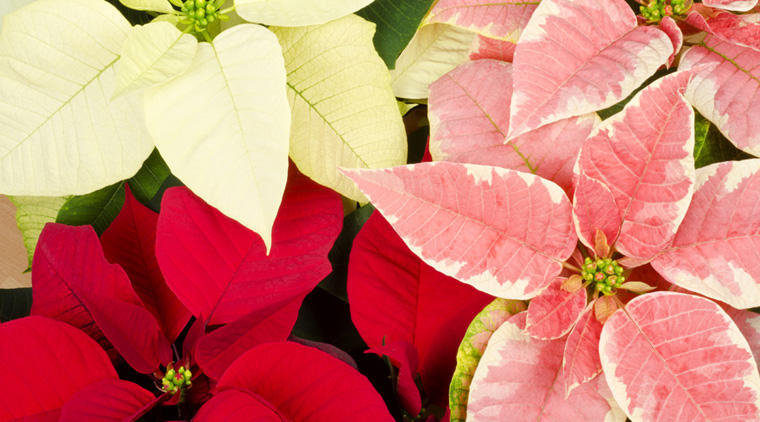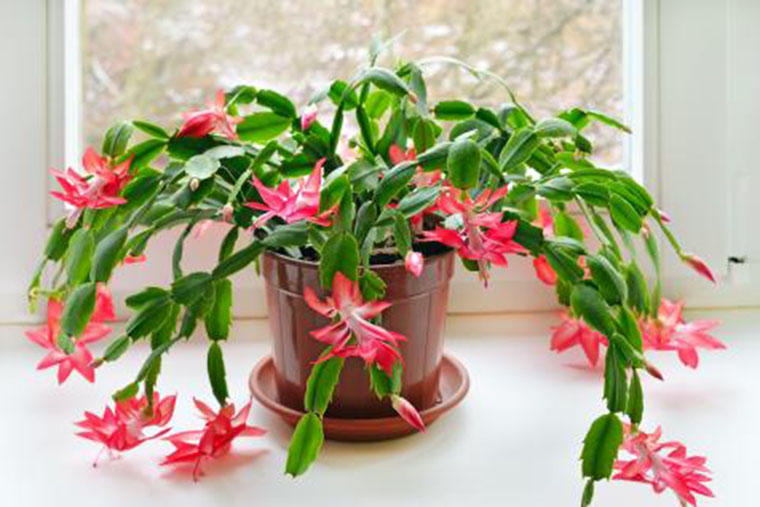How to Care for Your Poinsettias
Like most of us, when you think of Christmas floral arrangements one of the first plants to come to mind is likely Poinsettias! They are well known for their vibrant red and green foliage, but the plant’s association with Christmas actually comes from a 16th century Mexican legend.
Legend tells of a girl who was too poor to provide a gift at the Christmas celebration, so instead she gathered weeds from along the roadside and placed them at the foot of the church altar. Those weeds later sprouted crimson blossoms and were hence known as Poinsettias. Since then, decorating homes, offices, and churches with Poinsettias has become a popular and long held Christmas tradition across all of North America.
Lighting
Poinsettias need a fair amount of sunlight and prefer an east facing window. Keep plants from touching the window as the cold will cause the leaves to drop off.
Pro Tip : To get poinsettias to rebloom they require 12 hours daylight and 12 hours darkness.
Watering
Make sure your poinsettia is in a well-draining pot and is not sitting in water. Water whenever you feel the soil is dry or the leaves start to wilt. Wilting or dropping leaves can also be a sign of over watering. If the soil is soggy when the leaves fall, you’ve probably watered too much.
Temperature
Poinsettias need to be kept at a temperature above 15 degrees Celsius and in bright sunny locations as they are tropical that grow big as shrubs in Mexico! Dramatic temperature changes can cause the leaves and flowers to wilt.

Varieties
There are over 100 varieties of poinsettias. Though red is the original variety, they now come in a variety of colours including pink, white, yellow, purple and even patterns such as speckled.
Toxicity
Poinsettias are less toxic than once believed, although they will cause mild digestive upset, if consumed they will not cause any lasting affects to humans or pets.
When the leaves are broken, they produce a milky sap. This latex helps conserve moisture within the plant and deters animals and insects from eating the plant, since the latex is bitter.
 |
| 



